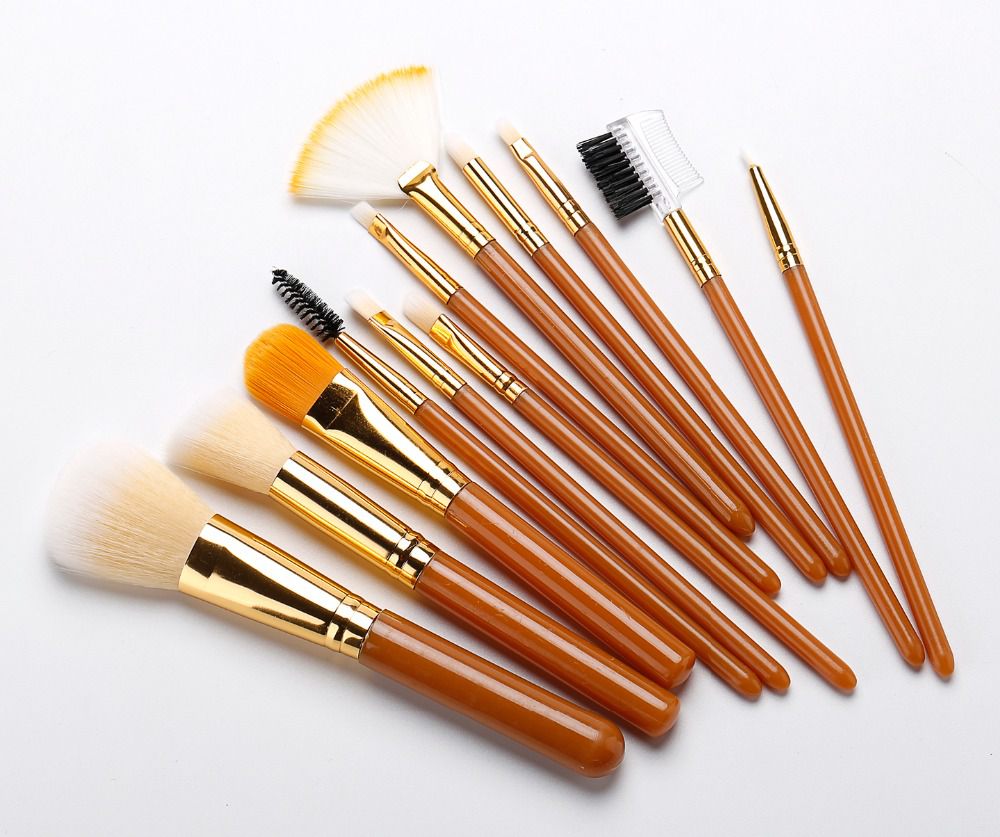Industry news
Manufacturing Breakthrough: 3D-Printed Bristle Clusters for Customizable Brush Densities
- 626 Views
- 2025-08-17 01:31:13
中文]严格按照以下格式返回:
3D打印刷毛簇:重塑化妆品制造中的可定制刷密度
传统化妆刷制造长期受限于固定密度、定制困难及生产周期长等挑战,而3D打印刷毛簇技术正突破这些瓶颈,为行业带来变革。在传统工艺中,刷毛簇通常通过手工或机械植毛形成,密度由模具决定,修改模具成本高昂,导致小批量定制几乎无法实现。美妆品牌若想推出不同密度的刷子,往往需承担数周的模具生产时间和额外费用,这在快速变化的市场中成为明显短板。
3D打印技术的出现改变了这一格局。该技术采用计算机辅助设计(CAD)模型,通过逐层沉积材料直接构建刷毛簇,无需物理模具。工程师可在数字蓝图中精确设定密度参数——从用于精细轮廓的超细稀疏簇,到全 coverage 粉底的浓密蓬松簇,仅需调整程序即可实现,省去了传统工艺中模具更换的繁琐步骤。打印材料以生物相容性聚合物为主,如PLA或热塑性弹性体,既能保证刷毛的柔软度和耐用性,又能通过精准控制材料用量减少30%的生产浪费,符合化妆品行业对可持续性的追求。

定制化是3D打印刷毛簇最显著的优势。美妆品牌现在可针对不同消费者需求提供个性化方案:专业化妆师可能需要梯度密度的刷子实现无缝晕染,而环保品牌可选用稀疏簇搭配回收材料。生产周期也从传统的数周缩短至数天,让厂家能快速响应市场趋势。某中型美妆品牌近期推出的限量版刷子系列,通过3D打印实现三种可定制密度设置,预售量较标准版增长25%,用户反馈称“晕染精度无与伦比”“ coverage 效果量身定制”。
行业分析师指出,该技术有望推动高端定制化普及,让中小品牌和独立创作者也能负担定制成本。随着材料科学和打印速度的进步,3D打印刷毛簇可能整合AI设计工具,通过算法根据肤质、产品配方或化妆技巧推荐最佳密度,进一步实现美妆体验的个性化。对于制造商而言,这不仅是生产工艺的升级,更是重新定义化妆工具设计可能性的契机——3D打印刷毛簇正以技术创新为支点,撬动化妆品行业的定制化革命。
外语]严格按照以下格式返回:
3D-Printed Bristle Clusters: Redefining Customizable Brush Densities in Cosmetic Manufacturing
Traditional cosmetic brush manufacturing has long struggled with fixed densities, customization barriers, and lengthy production cycles—limitations now being shattered by 3D-printed bristle cluster technology. Historically, bristle clusters were formed via manual or mechanical tufting, with density dictated by physical molds. Modifying these molds was costly, making small-batch customization nearly impossible. Beauty brands seeking varied densities faced weeks of mold production and extra expenses, a critical drawback in fast-paced markets.
3D printing transforms this landscape by building clusters layer-by-layer from digital CAD models, eliminating the need for physical molds. Engineers input precise density parameters—from ultra-fine sparse clusters for delicate contouring to dense plush ones for full-coverage foundation—adjustable via software, skipping traditional mold更换 hassles. Using biocompatible polymers like PLA or thermoplastic elastomers, the process ensures bristle softness and durability while reducing production waste by 30% through精准 material control, aligning with the cosmetics industry’s sustainability focus.
Customization stands as its most impactful advantage. Brands can now tailor brushes to diverse needs: professional makeup artists might request gradient densities for seamless blending, while eco-lines opt for sparse clusters with recycled materials. Lead times shrink from weeks to days, enabling rapid trend response. A mid-sized brand recently launched a limited-edition line with three 3D-printed density settings, driving 25% higher pre-orders than standard lines, with users praising “unmatched blending precision” and “tailored coverage.”
Industry analysts predict this technology will democratize high-end customization, empowering small brands and indie creators previously priced out of mold costs. Future advancements may integrate AI design tools, using algorithms to recommend optimal densities based on skin type, product formula, or technique, further personalizing beauty experiences. As 3D printing matures with better











